KSW-ToolKit hardware support
When it comes to Android screen models for BMW, Mercedes, Audi, and similar vehicles, the market offers a wide range of options. However, upon closer inspection, you’ll notice that many of these listings share similarities. In this post, we aim to shed light on the most popular ones you’re likely to encounter.
In the early days, these screens were sold with Android 7 and a RockChip PX3. As time went on, they were upgraded to Android 9 with PX6. This is how the PX6 in Android 9 with the ID7 theme looked:
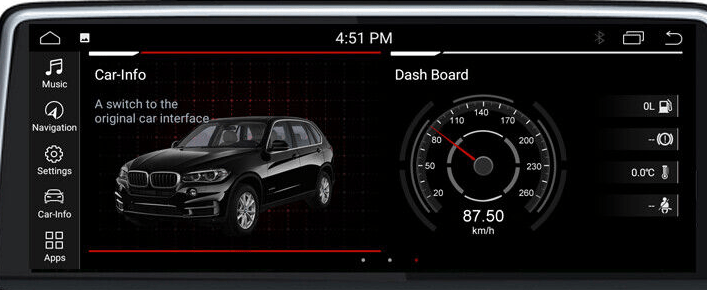
During this period, a new Model with the Snapdragon 625 (SD625) chipset gained popularity. It had a much better sound chip, was overall lighter and much faster, featured Android 9 initially was supported up to Android 10 through firmware updates. It opened up opportunities for the community to create custom themes, boot animations, on-screen keyboards, launchers, and more. One notable community build for this unit was the KSW-ToolKit, which offered bug fixes, button remapping and many quality of life improvements.
This new SD625 model initially looked like this with the ID7 theme:
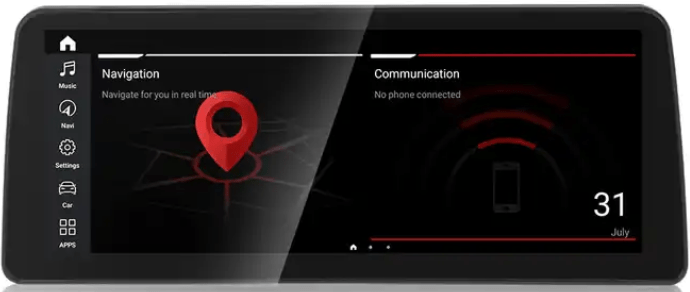
As time passed the original SD625 is no longer in production. It got succeeded by an other improved chipset: the SD662 and as of recently the SD680. These models would be now found among retailers in place of the SD625. This is how you could identify them from a product page by their recent ID8 theme:
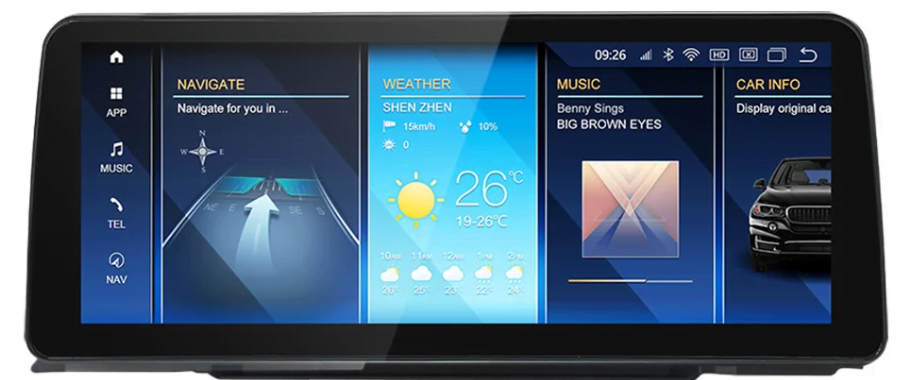
They continue on the same software stack as its predecessor continuing from Android 11 up to 13. Most importantly, the new models still receive significant support from the community, same as for KSW-ToolKit. Hence the firmware for these models is developed by a software company known as “KaSaiWei” or in short: KSW, most of these apps have the suffix “KSW” on them to signify that they only work for that kind of firmware. MEKEDE brands them as the “MN-G“-Series, so if you’re in the look for a new Head Unit take note of that.
When you look at the market you will find it offers a wider variety of units, with cheaper MediaTek models being predominant. In the past, these models were often referred to as “Fake Androids” due to the fact that they were advertised to be shipped with the latest Android version but in reality ran on outdated software.
Today the MTK8259 and MTK8581 are the most commonly found MediaTek variants on the market which claim to be as fast and reliable as the classic SD625. The store fronts can feature the MTK8259 with ID7 and ID8 theme like this:
And as for the MTK8581, it could be displayed with ID7 and ID8 theme like so:
Due to their unpopularity in the past, they did not gain much support by the community. However their userbase is starting to gain some traction. It wouldn’t be surprising when we see new guides on how to mod them will show up on the forums in the coming future.
As of recently, another Android model with a Snapdragon chipset, the 665, has entered the market. At first glance, it appears to be part of the same Snapdragon line as the SD625/662/680 even when it carries the same “KSW” name under it’s software info. However, upon closer examination, we discover that it is developed by a different software company called “ZXW” and features a completely different software stack. Its firmware is commonly referred as KSW-GT or GT6-Car. They could be found on a product page with this kind of look in ID7 and ID8 theme:
Unfortunately, like the MTKs it runs on a different software base, rendering many community-made apps and mods like KSW-ToolKit incompatible despite being very capable on paper. The good new is, efforts are underway to expand KSW-ToolKit’s support to include the aforementioned MTK8259, MTK8581, and KSW-GT devices.
Out there in the market you can find many different more models out there, which all could run on their own custom software. KSW-ToolKit is an application, which interfaces with the built in MCU to be able to read and translate the car’s canbus data in a way the end user customizes it too. Supporting all these different MCUs requires research to understand and interpret their languages, which is a very time consuming and costly affair. But not impossible!
In conclusion as of date, only the “classic KSW” systems which run on Snapdragon 625, 662 and 680 work with by KSW-ToolKit. Support for other aftermarkt Android screens could come by popular demand!
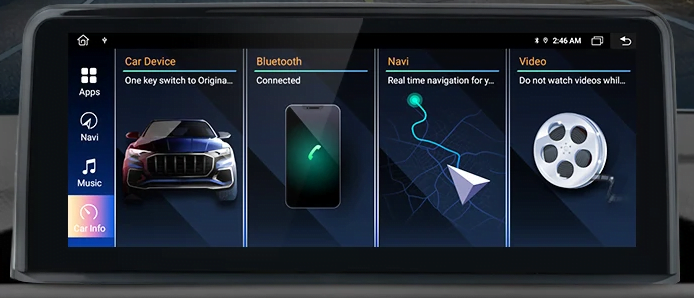
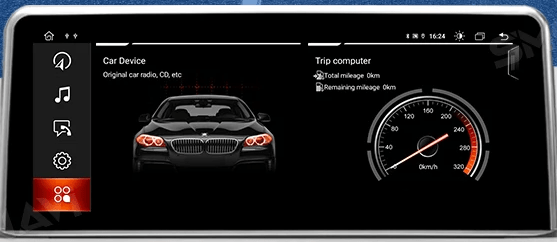
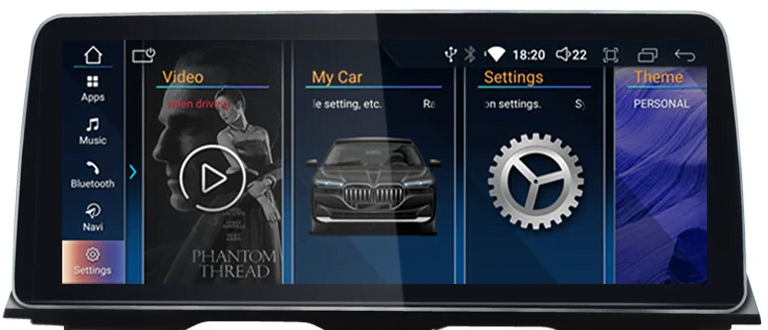
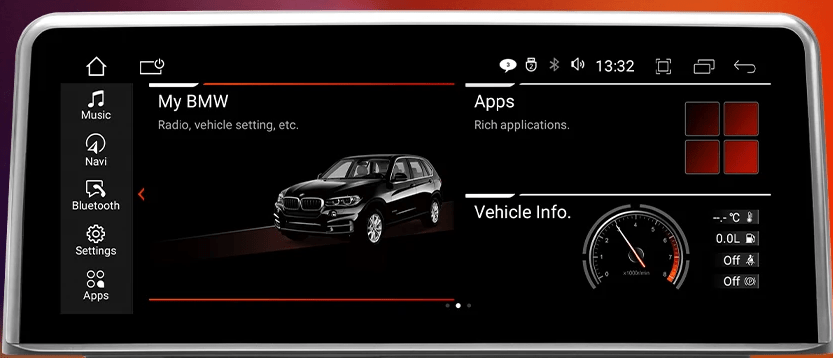
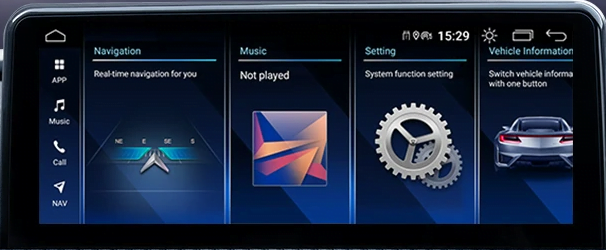

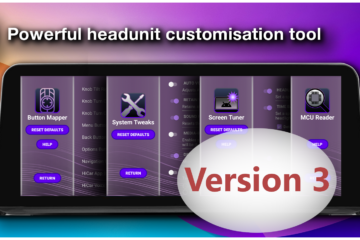

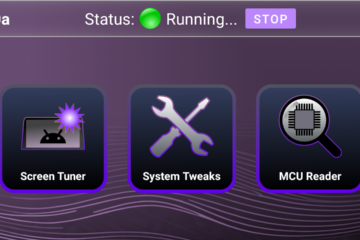
0 Comments